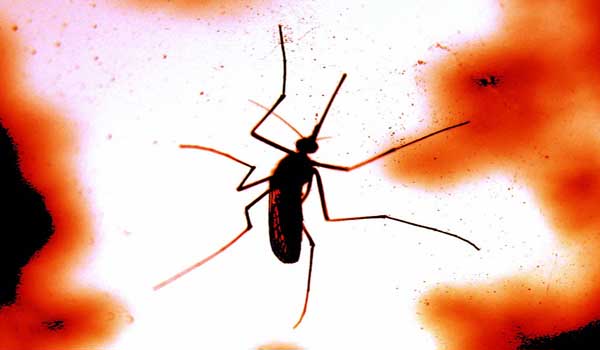We conservationists have had a hard time tracking the lasting impact of our achievements beyond acres protected, and we all know that acres protected is not sufficient by itself as a measure of biodiversity health.
Contrast that with global health.
The most recent global health report — the Global Burden of Disease Study 2010 — is a compelling tale of astonishing accomplishments (Horton et al., 2012).
In the last 40 years, global life expectancy for women has risen from 61 to 73 years, and for men from 56 to 68 years. Mortality from malaria is the one and only outlier in a remarkable record of falling death rates due to infectious diseases.
We might do well by asking ourselves why the health world has been able to document so much progress — even in some of the poorest and most strife torn countries — while conservation has not?
Global health programs are notoriously rigorous when it comes to evaluating effectiveness — randomized trials are the rule, measures are everywhere, and funding is based on outcomes. The difference in measures and evaluation in global health versus measures and evaluation in conservation is akin to the difference between a stone tablet and an iPad. While it is unlikely that conservation could ever pragmatically apply randomized trials, we could do better with our non-experimental metrics.
Conservation has a fondness for scorecards with green, yellow and red grades. Global health uses DALYS (the years lost to disability, illness or early death). We should work hard to abandon color-coded scoring and settle on quantitative measures that, however imperfect, allow us to track trends and change.
The DALYS approach used in the Global health Report was initially hugely controversial, and still has its critics — but is does provide the health world with a powerful way of recording its achievements. So yes, conservation has a lot to learn from global health programs.
But we need to pay attention to global health for additional reasons beyond its laudable commitment to measures and evaluation. For the first time ever, major depressive disorders have made the top 10 list of global health problems (as measured by DALYS). And the top 10 risk factors include inactivity and obesity.
I hypothesize that an effective, cost-effective, and practical prescription for a large portion of today’s and tomorrow’s global health problems is nature. I cannot point to solid data supporting my hypothesis — but I bet in 10 years there will be compelling evidence that time in nature can help repair mental health and mute depression. Who amongst us has not felt physically, emotionally and mentally better after a prolonged hike or backpacking trip? When we talk about wild places and the intrinsic value of biodiversity or species, I suspect it is often code for the personal ways we each have of drawing on nature’s restorative and healing powers.
This is not hocus-pocus new age stuff — millions of years of evolution as hunter gatherers, prey and predators has to have left its mark on our hard-wiring.
There is no more basic do-good activity in the world than taking care of human health. Before there can be education there has to be health. Rights and equity cannot be enjoyed if someone is afflicted with debilitating poor health.
As infectious diseases wane, our emerging health problems could well put a premium on the nature prescription. Wait and see — the data will be there in 10 years. Our challenge is to make the nature prescription available to everyone, not just a lucky few with the time and money to go to distant wild places.
Pay attention to global health.
Horton, R. et al. 2012. Global burden of disease study 2010. The Lancet.
Cohen, J. 2012. A controversial close-up of humanity’s health. Science 338(6113):1414-1416.
(Photo: Mosquito. Credit: live w mcs/Flickr via Creative Commons)
Opinions expressed on Cool Green Science and in any corresponding comments are the personal opinions of the original authors and do not necessarily reflect the views of The Nature Conservancy.




Join the Discussion